The 1941 Cadillac Series 62 hit the mark without shouting about it. Arriving just before World War II, it blended sharp design with solid engineering, giving Cadillac a fresh edge. It wasn’t about flash—it had a timeless shape, a stout V8, and a refined feel that holds up today. Here are ten reasons the ’41 Series 62 still stands out, packed with specs and details for those who know their cars.
A New Look for Cadillac
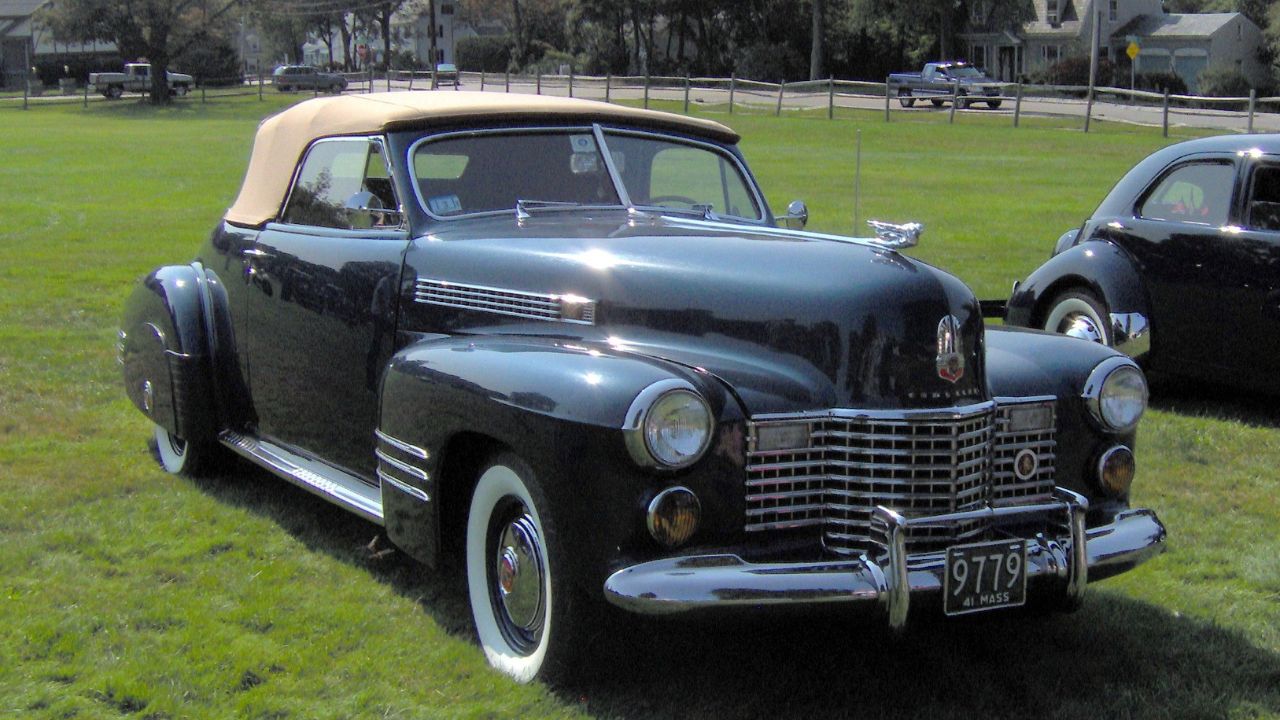
The 1941 Series 62 introduced Cadillac’s wide, horizontal grille, ditching the tall 1930s fronts. At 216 inches long with a 126-inch wheelbase, it looked low and sleek despite a ~6-inch ride height. Harley Earl’s design smoothed fender lines and tapered the rear cleanly, avoiding bulky overhangs.
This styling shift set Cadillac’s path for decades. Chrome was tasteful, not overdone, and the proportions still look balanced today. It moved away from boxy predecessors, giving the Series 62 a modern edge that rivaled Lincoln’s fussier designs.
The 346 V8 Delivered
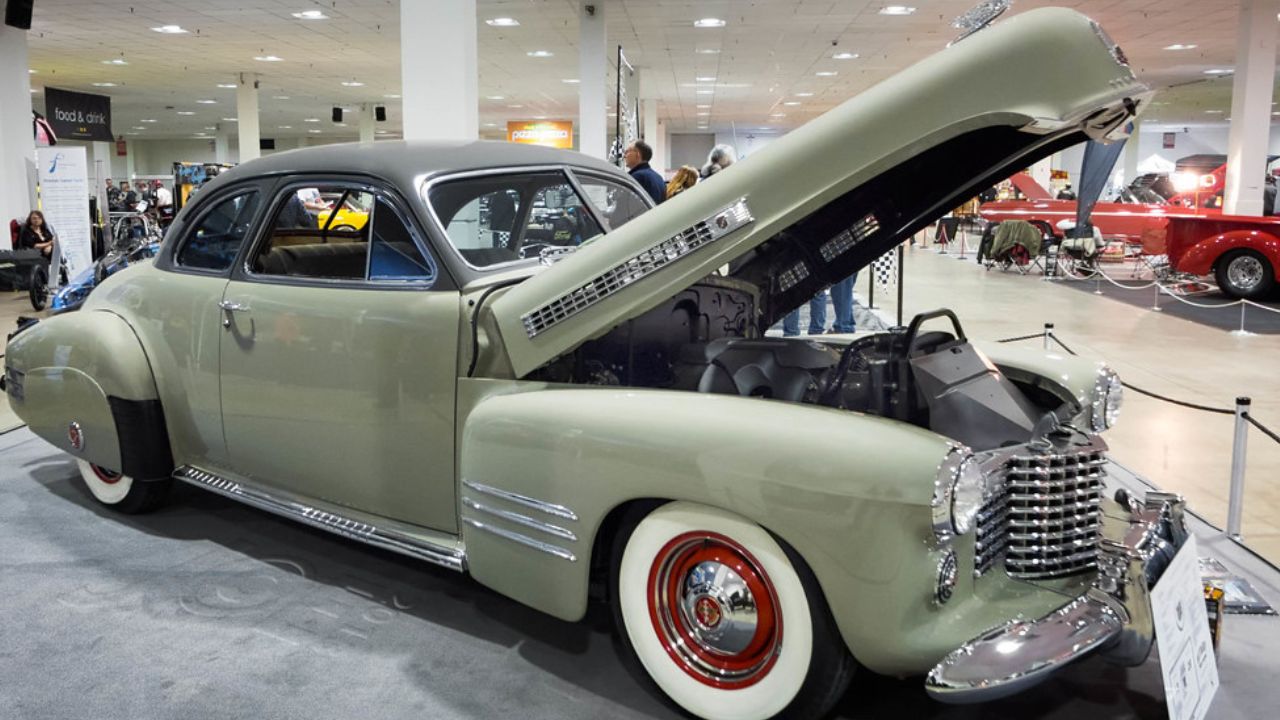
Cadillac’s 346-cubic-inch L-head V8, standard in the Series 62, churned out 150 hp and 278 lb-ft of torque at 1,700 rpm. With a 3.5-inch bore, 4.5-inch stroke, and five main bearings, it was smooth and reliable, hitting ~90–95 mph top speed, per period tests.
Its durability shone in WWII tanks and staff cars. Quiet and serviceable, it gave the 4,100-pound Series 62 confident pull, outpacing many rivals like the 120-hp Packard 200. This engine was Cadillac’s backbone, built to last.
Hydra-Matic Changed the Game
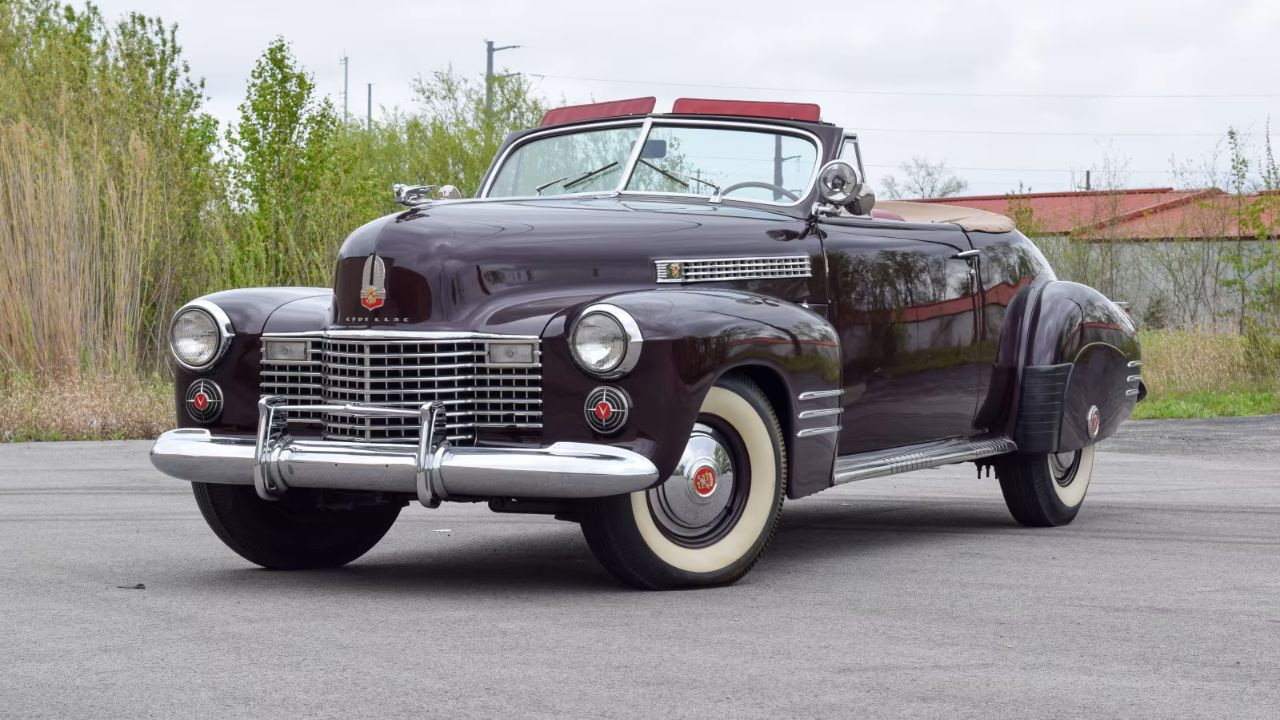
In 1941, Cadillac offered its first automatic, the $125 Hydra-Matic, a GM design refined for the Series 62. Most buyers stuck with the three-speed manual, but the four-speed fluid-coupling automatic (no torque converter) made city driving easier, a big deal for luxury cars.
It wasn’t silky by modern standards but eliminated clutch fuss. With a 3.36:1 final drive, it suited the V8’s torque. This tech, shared with Pontiac and Oldsmobile, pushed Cadillac ahead of manual-only competitors like Chrysler, cementing its forward-thinking reputation.
Cabin Felt Thought-Out
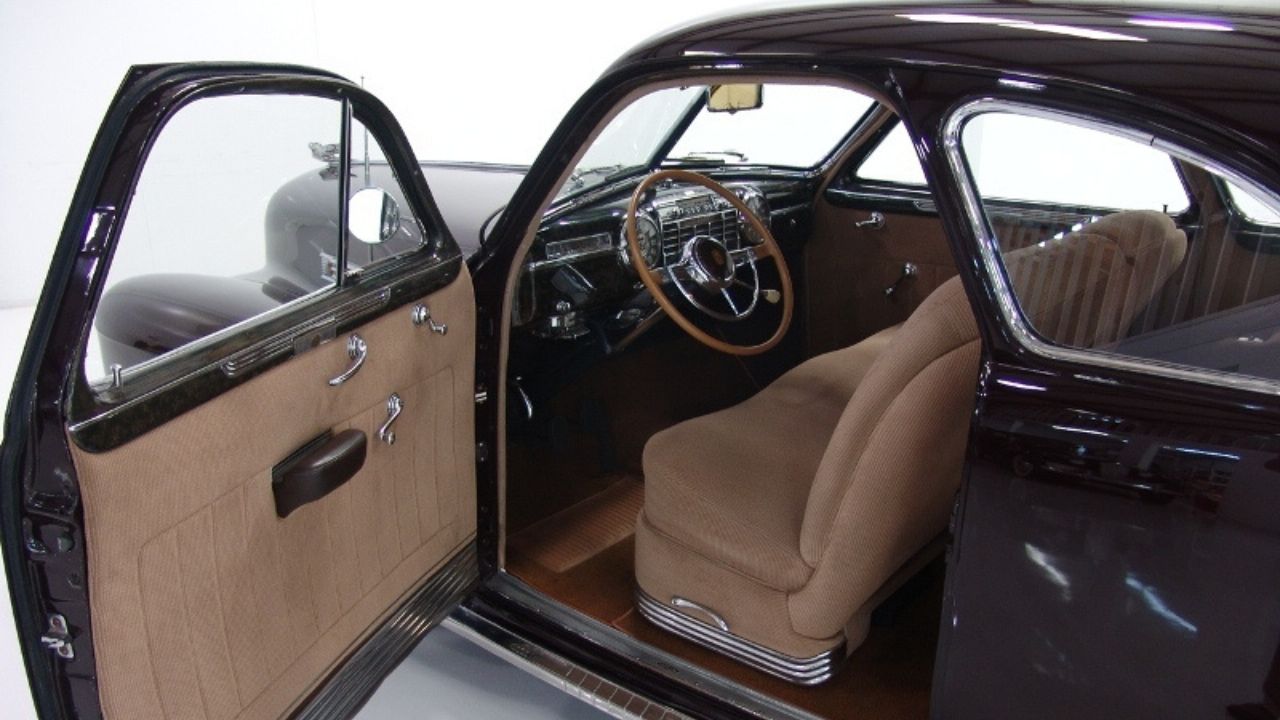
The Series 62’s interior balanced comfort and function. Broadcloth or optional leather benches offered space for six, with 42/39-inch front/rear legroom. The symmetrical dash had clear round gauges, bright trim, and optional radio ($65) or heater ($85), per Cadillac brochures.
Controls were easy to reach, unlike some cluttered rivals. The thin-rimmed steering wheel gave decent feedback for a 4,100-pound car. It wasn’t as plush as a Series 75 but felt upscale, perfect for long drives without overwhelming the driver.
Smooth Ride, Solid Feel
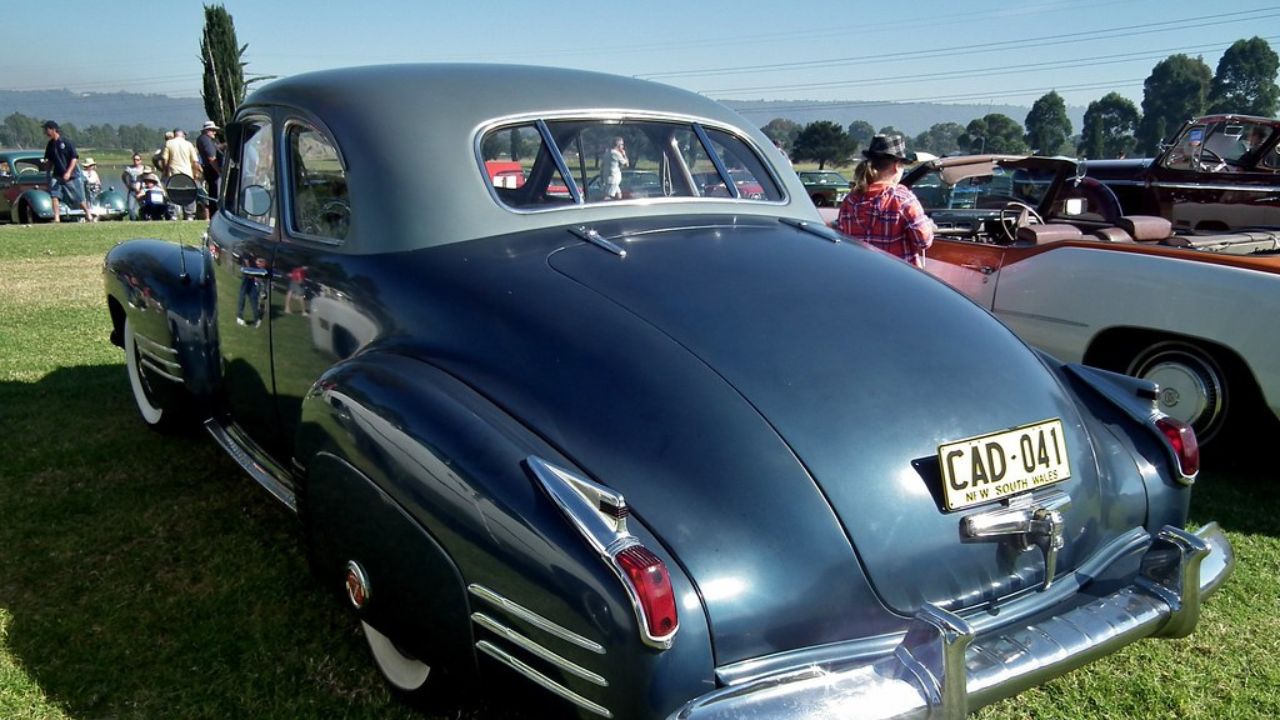
The Series 62’s suspension—front coils, rear leaf springs, 126-inch wheelbase—delivered a planted ride. At 4,100–4,300 pounds, it avoided the floaty feel of later Cadillacs. Spring rates and geometry soaked up bumps, per Car Life reviews, keeping it steady on rough roads.
Steering (4.5 turns lock-to-lock) was slow but precise, and 14-inch drum brakes were firm for 1941. Compared to Chrysler’s softer setups, it felt controlled, prioritizing comfort over sportiness but never wallowing, a win for highway cruising.
Coupe’s Timeless Shape

The two-door coupe stood out among Series 62 body styles (sedan, convertible, coupe). Its long hood, short trunk, and sloped roof gave a balanced 216-inch profile. Vent windows and modest chrome kept it classy, not loud, with great visibility.
The rear seat fit adults (~36-inch legroom), though snug. Its mix of formal and sporty vibes still turns heads, per Hagerty. Compared to bulkier Packards, the coupe’s restraint made it a design high point for 1941 Cadillacs.
Top Seller in ’41
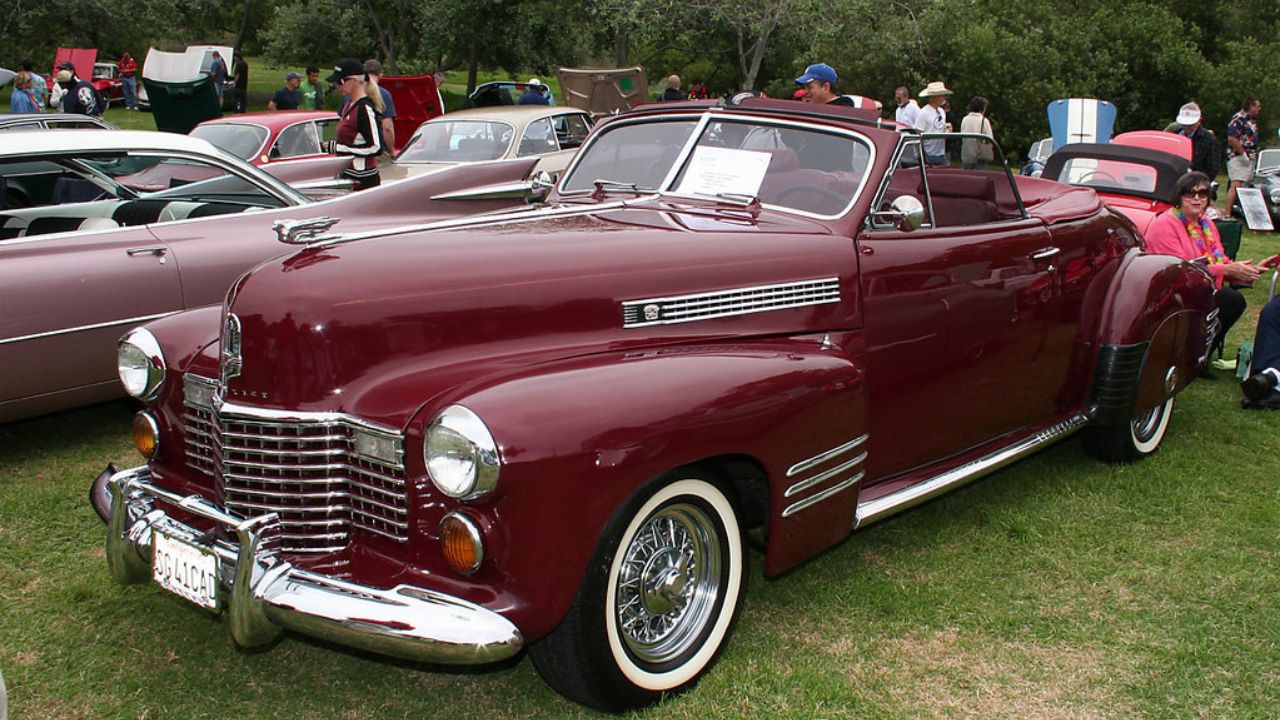
The Series 62 sold 24,260 units, ~37% of Cadillac’s 66,130 1941 sales, per GM records, not quite “nearly half” as claimed. Priced at $1,745–$2,045, it offered Cadillac quality below Series 75 ($3,500) or V16 ($5,000) costs, appealing to a wide audience.
Its fresh look and V8 power drove sales, helping Cadillac navigate wartime production halts in 1942. The Series 62’s success proved buyers wanted sleek, accessible luxury, setting the brand’s direction.
Pre-War Design Peak
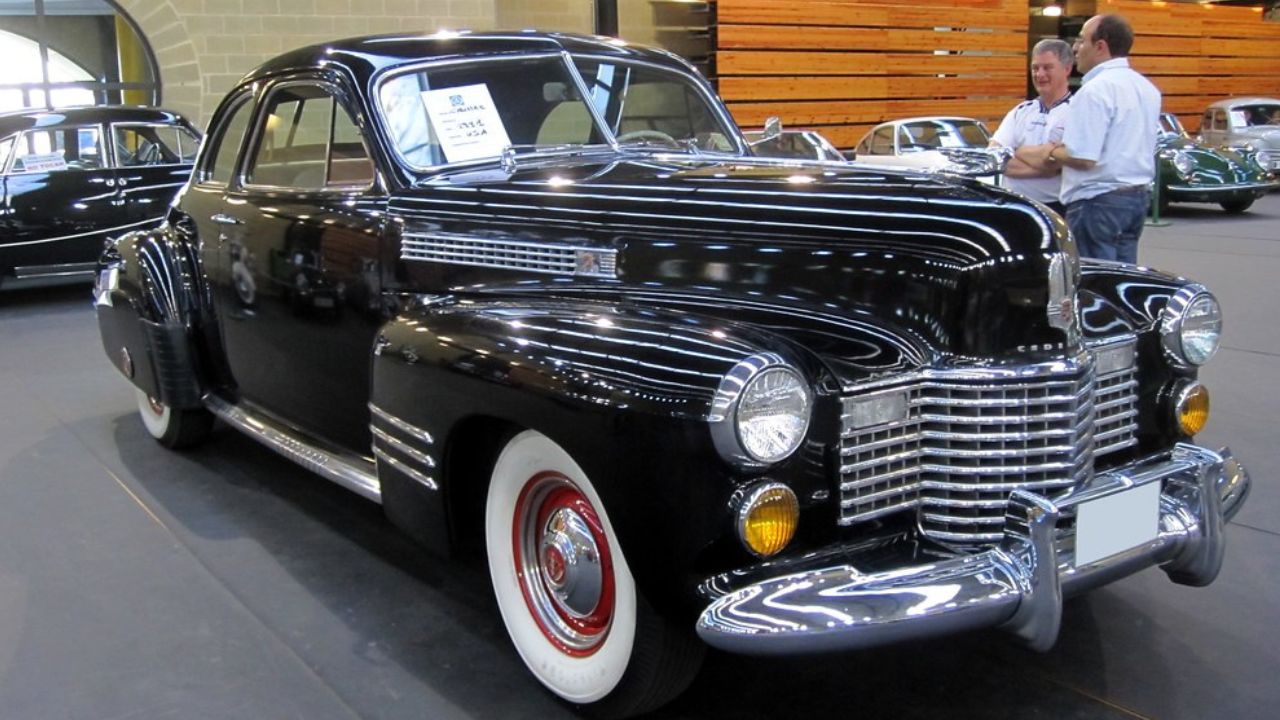
As the last full model year before WWII, 1941 saw Cadillac rethink the Series 62 from scratch. Its new chassis, styling, and optional automatic felt current, not recycled. The 90–95 mph V8 and quiet cabin matched luxury needs without excess.
Post-war 1946–48 Cadillacs leaned heavily on this design, per Conceptcarz, as wartime paused updates. The Series 62’s clean lines and engineering carried Cadillac through, proving its lasting relevance in a pivotal year.
Easy to Keep Running
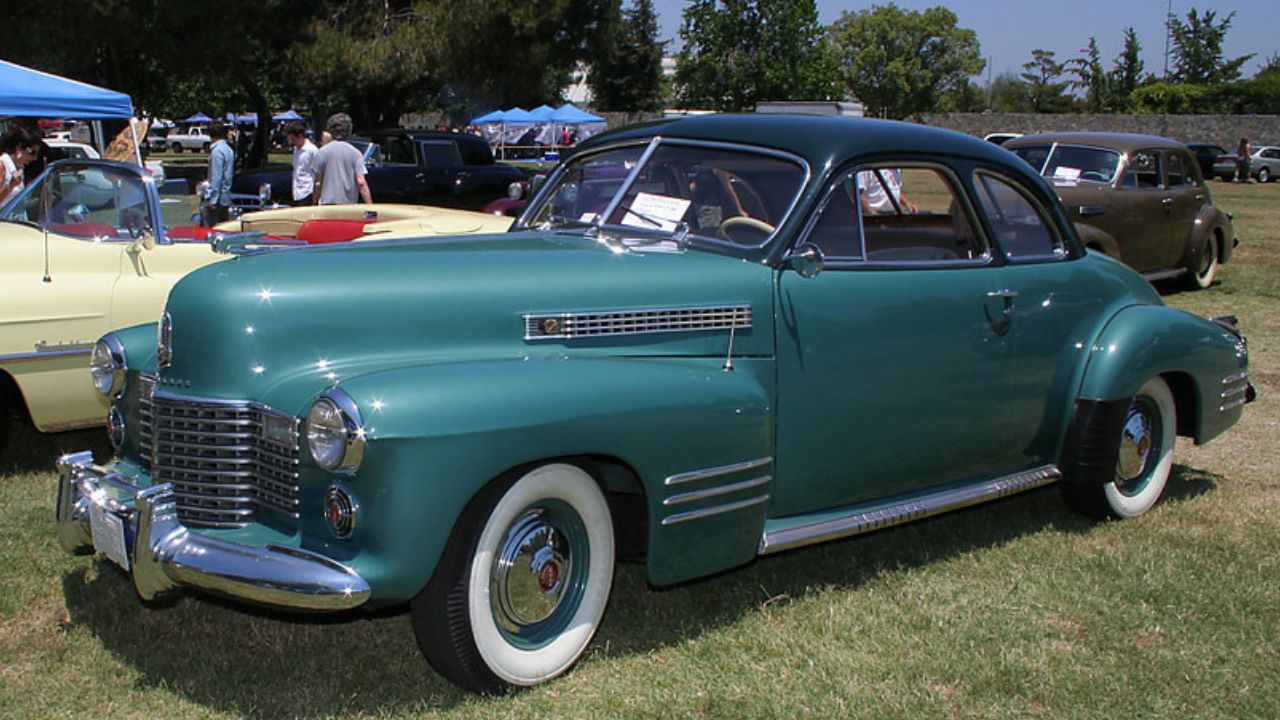
The Series 62 was built for mechanics, not just owners. The 346 V8’s roomy engine bay, simple linkages, and basic wiring made maintenance straightforward, per Hagerty. Unlike modern cars with buried components, parts like carburetors were accessible.
Many survivors still run original drivetrains, a nod to their durability. For a luxury car, this simplicity was rare, making it approachable for today’s collectors who value hands-on upkeep over complex electronics.
Drives Like a True Cadillac
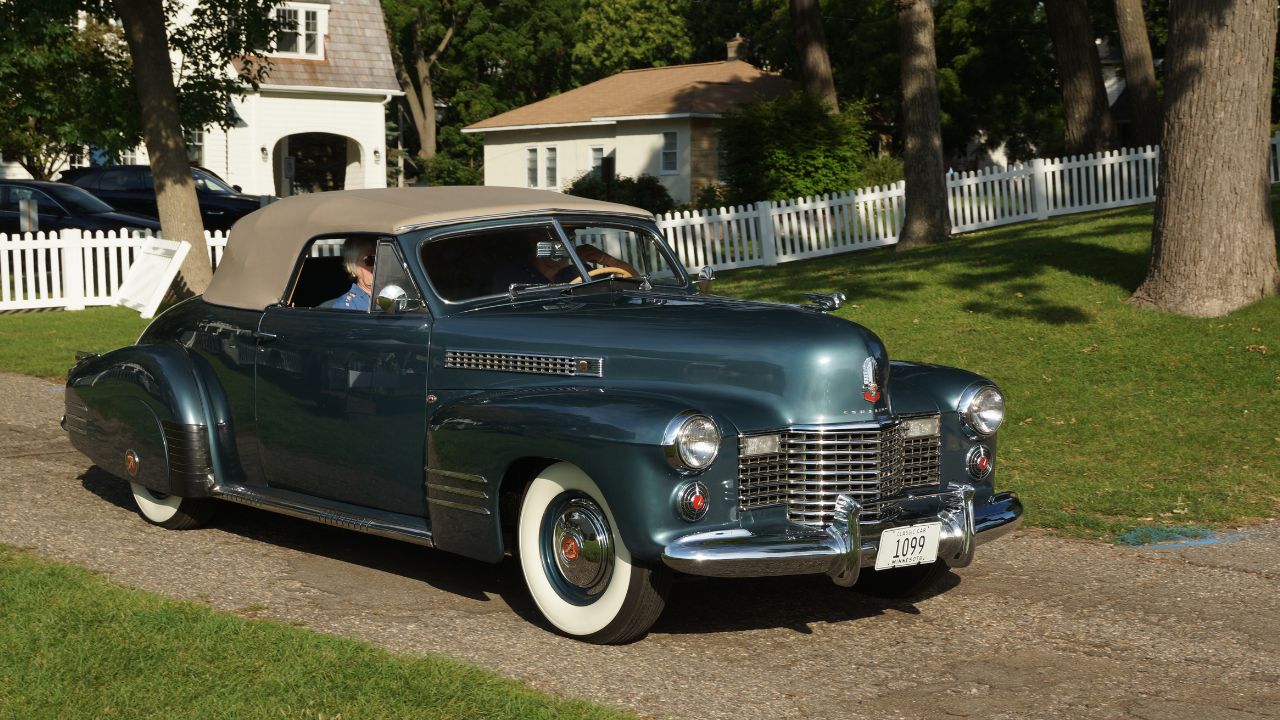
A well-kept 1941 Series 62 feels solid, not fragile. Its heavy controls, wide steering ratio, and firm brakes demand focus, but the 4,100-pound car tracks straight, per Hemmings. It’s composed, not sloppy, with a substantial feel that suits its era.
Hagerty values ($20,000–$50,000) reflect its appeal. The Series 62 doesn’t feel like a relic—it moves with purpose, delivering the smooth, confident Cadillac experience that still resonates with those who know classic cars.

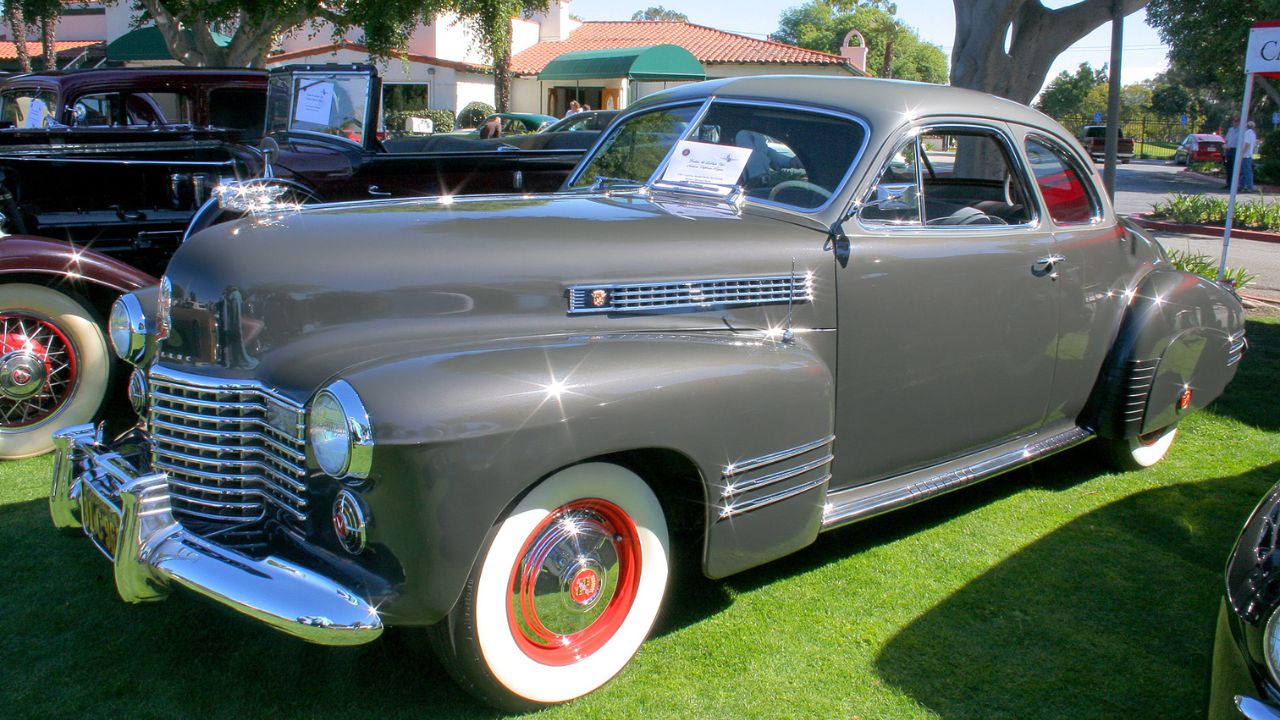

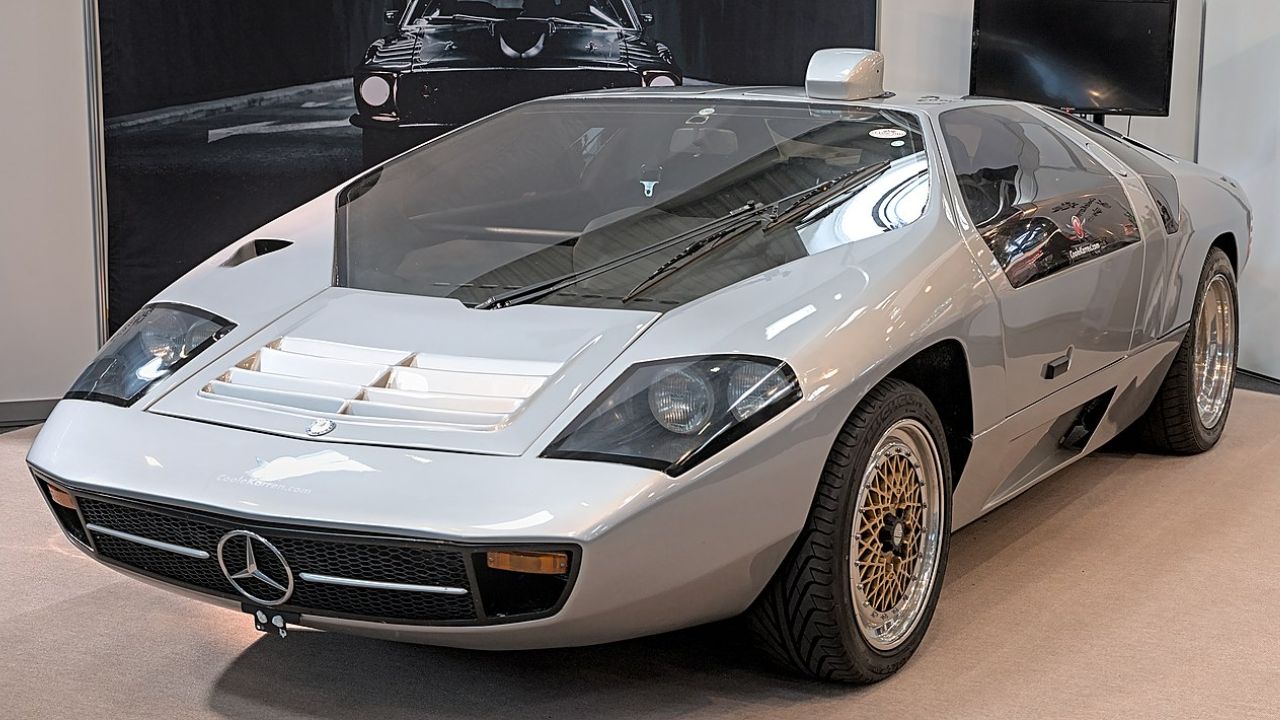
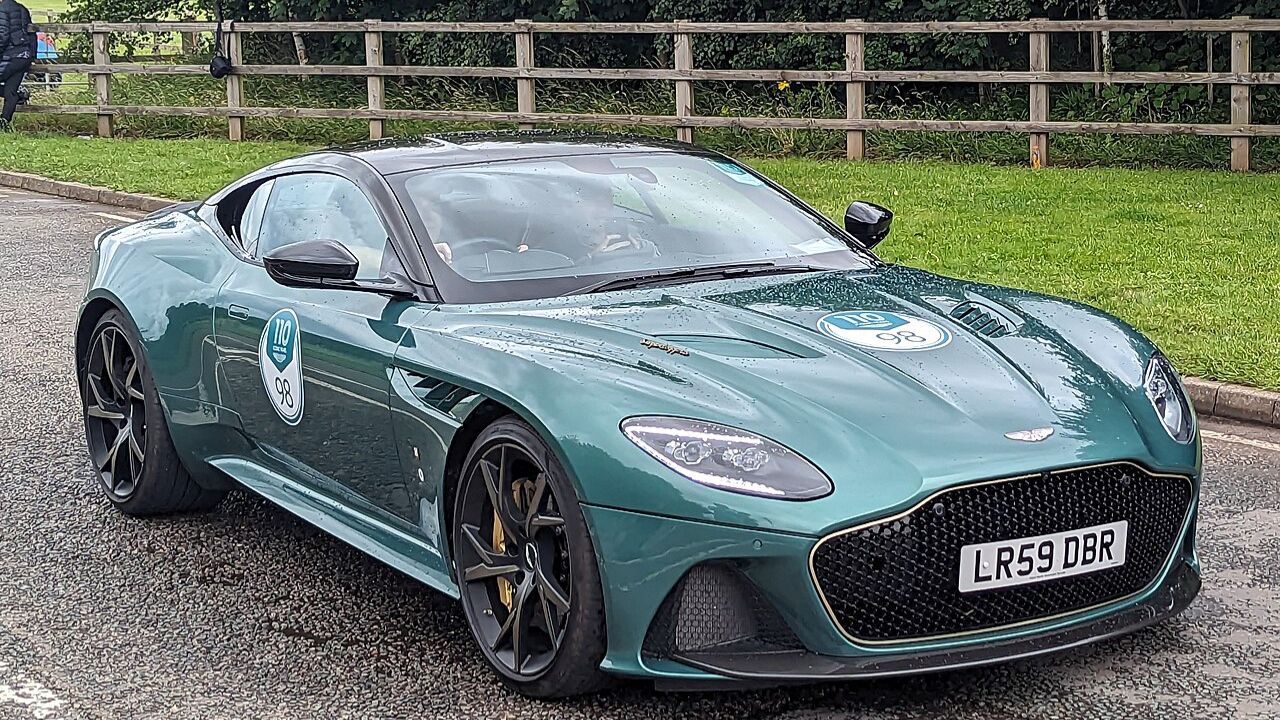
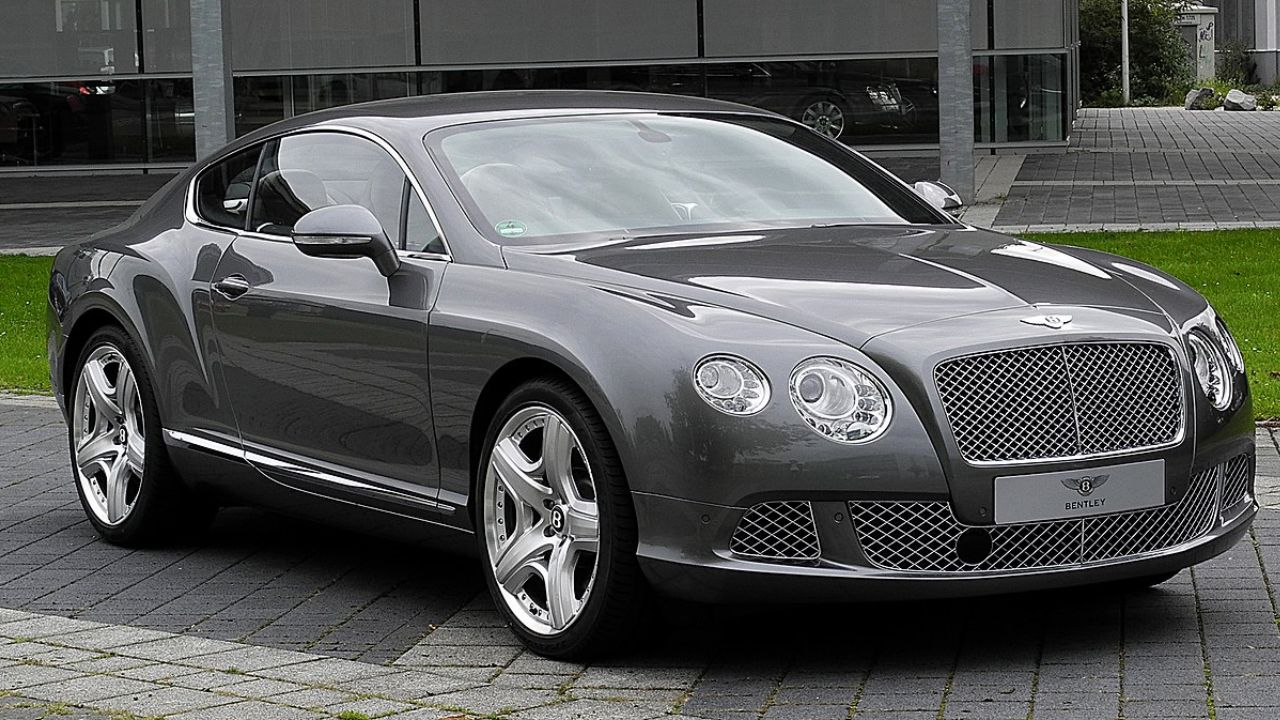
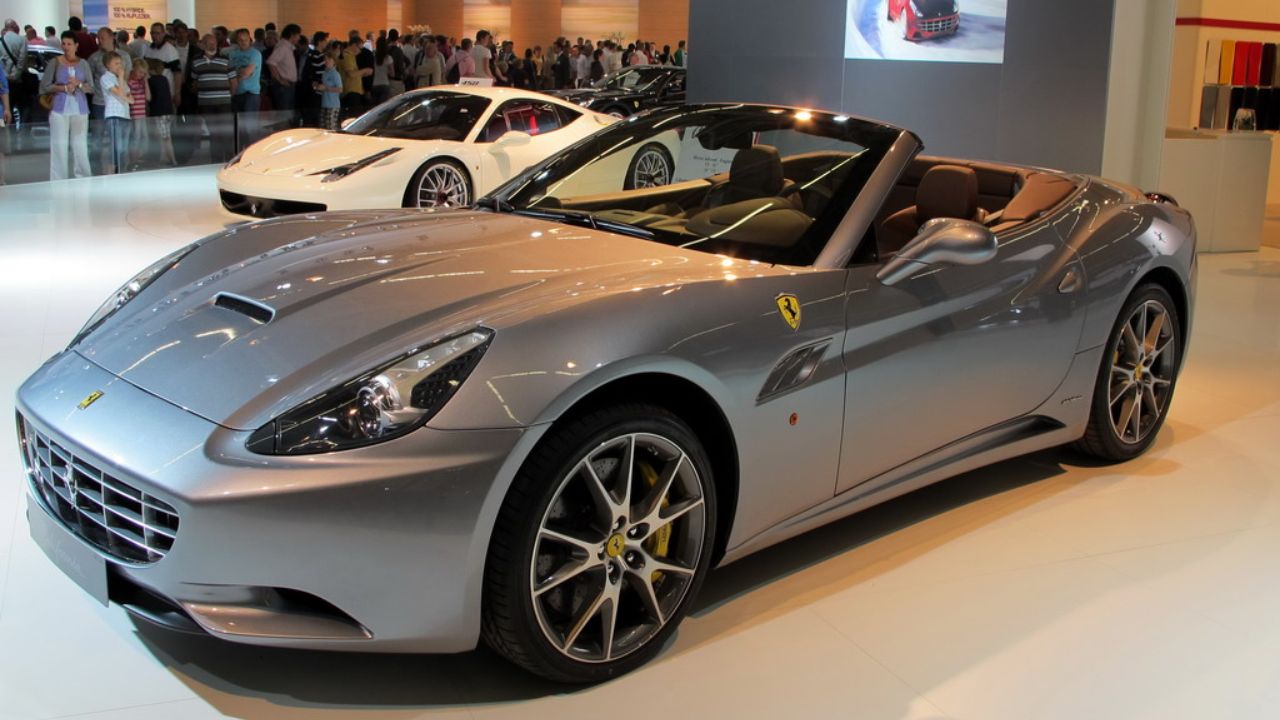
Leave a Reply